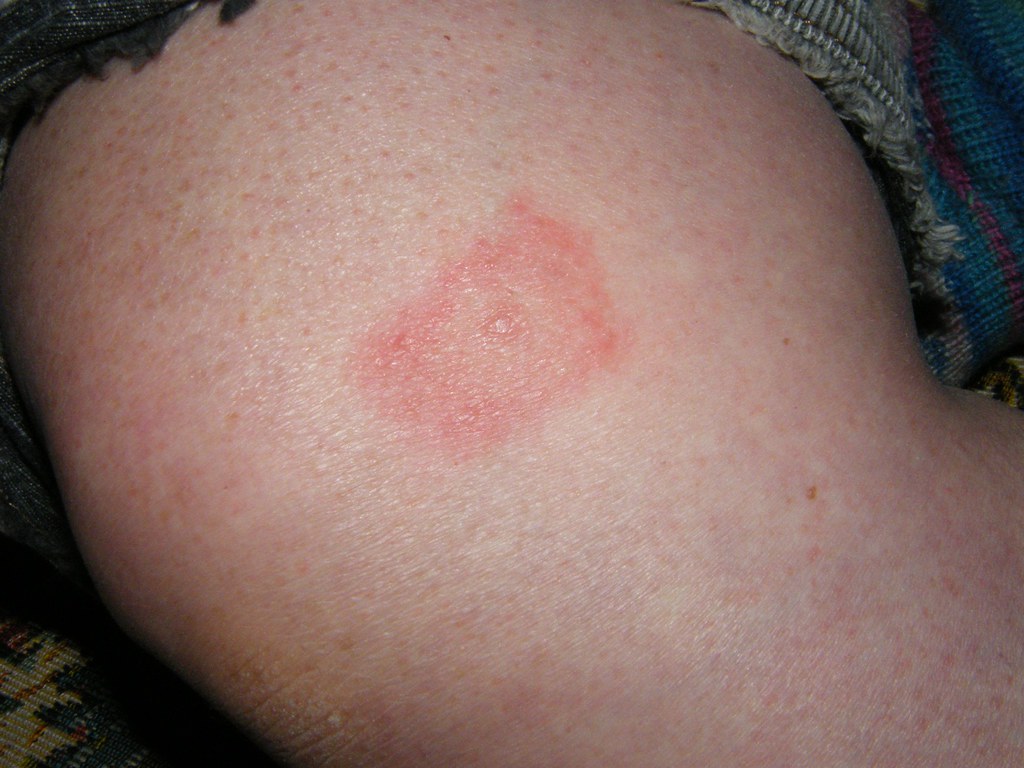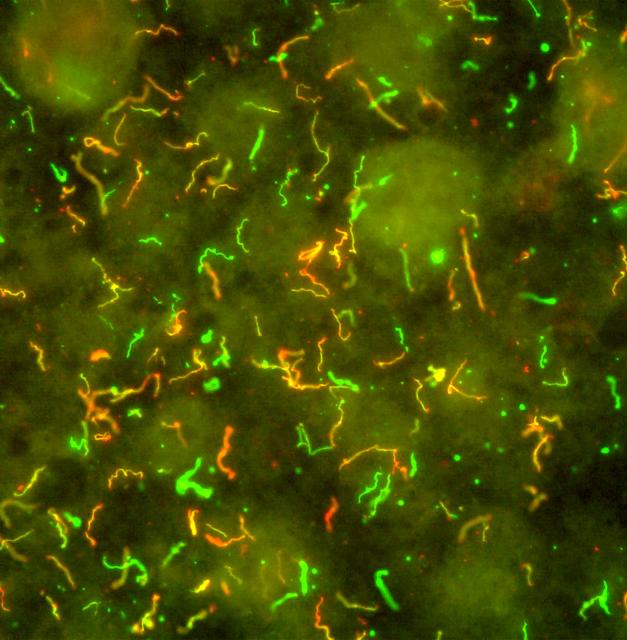
Lyme disease is most commonly caused by a bite from an infected blacklegged tick. These ticks are tiny and can be hard to see, so it’s important to take precautions against being bitten, such as using insect repellent and checking your skin for ticks after being outdoors. If you think you may have been bitten by an infected tick, see your doctor right away.
So how to treat lyme disease in humans? Read more as we’ll get into the details of the matter in today’s post.
The Different Stages Of Lyme Disease Infection

There are three stages of lyme disease: early localized, early disseminated, and late disseminated.
In the early localized stage, the most common symptom is a bulls-eye rash around the site of the tick bite. Other symptoms may include fever, headache, fatigue, and muscle aches. The early disseminated stage is characterized by more widespread symptoms, including joint pain, numbness or tingling in the hands or feet, and heart problems. In the late disseminated stage, severe neurologic symptoms can develop. These can include facial paralysis, seizures, and memory problems.
If you suspect that you may have Lyme disease, it is important to seek medical attention from expert lyme disease doctors from Pacific Frontier Medical in Foster City. That’s because early diagnosis and treatment are essential for preventing more serious complications.
Is Lyme Disease Contagious?
Lyme disease is not contagious, meaning it cannot be spread from person to person. However, if you are bitten by an infected tick, you may develop Lyme disease.
Effective Medications For Lyme Disease
There is no one-size-fits-all approach to treating Lyme disease. The best course of treatment will depend on the individual case and the severity of symptoms. In some cases, oral antibiotics may be enough to clear the infection. In other cases, intravenous antibiotics may be necessary.
To be specific, there are a variety of antibiotics that can be prescribed, including doxycycline, amoxicillin, doxycycline, azithromycin and cefuroxime.
Doxycycline is a common oral antibiotic prescribed to treat lyme disease in humans. It is a tetracycline antibiotic that works by inhibiting the production of bacteria. Doxycycline is effective against a variety of bacteria, including the bacteria that causes lyme disease. When taken orally, doxycycline is absorbed into the bloodstream and distributed throughout the body. It reaches high concentrations in the tissues that are infected with bacteria, including the tissues that line the joints and spinal cord. This allows doxycycline to effectively treat lyme disease by killing the bacteria that cause the infection.
On the other hand, amoxicillin is a type of antibiotic that is used to treat a variety of infections, including Lyme disease. It works by killing the bacteria that cause the infection. Amoxicillin is usually taken as a tablet or capsule, but can also be given as an injection.
Doxycycline is another type of antibiotic that can be used to treat Lyme disease. It works in a similar way to amoxicillin, by killing the bacteria that cause the infection. Doxycycline is usually taken as a capsule or tablet, but can also be given as an injection or syrup.
Alternatively, azithromycin is a type of antibiotic that is used to treat a variety of infections, including Lyme disease. It works by killing the bacteria that cause the infection. Azithromycin is usually taken as a tablet or capsule, but can also be given as a syrup.
Lastly, cefuroxime is an antibiotic that is used to treat a variety of infections, including Lyme disease. It belongs to a class of antibiotics called cephalosporins, and it works by killing the bacteria that are causing the infection. Cefuroxime is usually given as an injection, but it can also be taken by mouth.
Home Remedies For Lyme Disease
Some potential home remedies for lyme disease include taking probiotics, drinking plenty of fluids, getting adequate rest, and avoiding caffeine and alcohol. Additionally, some people may find relief from certain supplements or herbs, such as garlic, ginger, and turmeric.
Probiotics are good bacteria that help keep the gut healthy. Some studies have shown that probiotics may be helpful in treating lyme disease. One study found that a probiotic called Bacteroides fragilis helped improve symptoms in people with lyme disease. Another study showed that a probiotic called Lactobacillus rhamnosus GG was helpful in preventing relapse of lyme disease.
Drinking enough fluids is also another way to help treat lyme disease. When you’re dehydrated, your body has to work harder to function, which can worsen the symptoms of lyme disease. Staying hydrated will help your body fight the infection and recover more quickly. Try to drink plenty of water and other fluids throughout the day, especially if you’re feeling sick.
Getting adequate rest is important for anyone, but especially for those who are suffering from lyme disease. When you’re tired, your body is working harder to do everything, including fighting off infection. Make sure you’re getting enough sleep every night and taking breaks during the day to relax and rejuvenate. This will help your body focus its energy on healing itself.
Avoiding caffeine and alcohol can help treat lyme disease by reducing inflammation and boosting the immune system.
Last but not least, taking herbs like those mentioned above may also be effective against lyme disease due to the antibacterial and anti-inflammatory properties of these plants.


